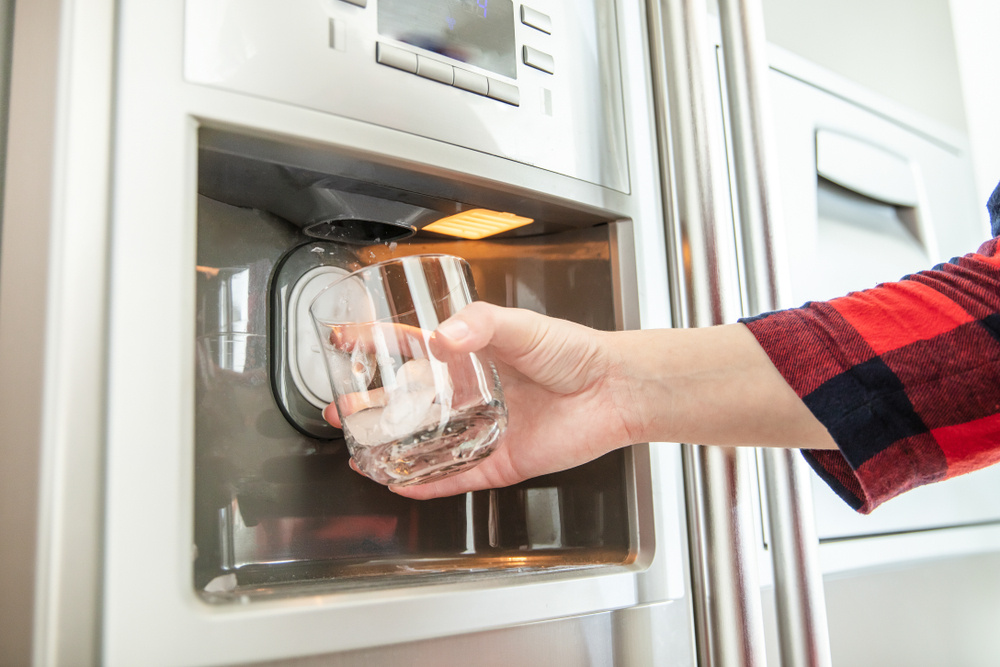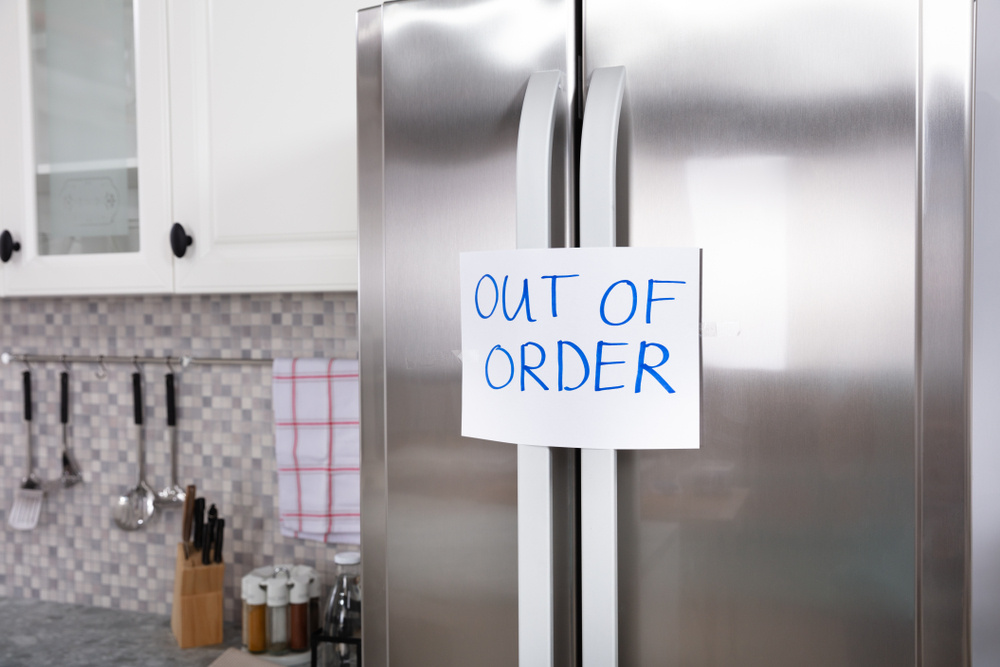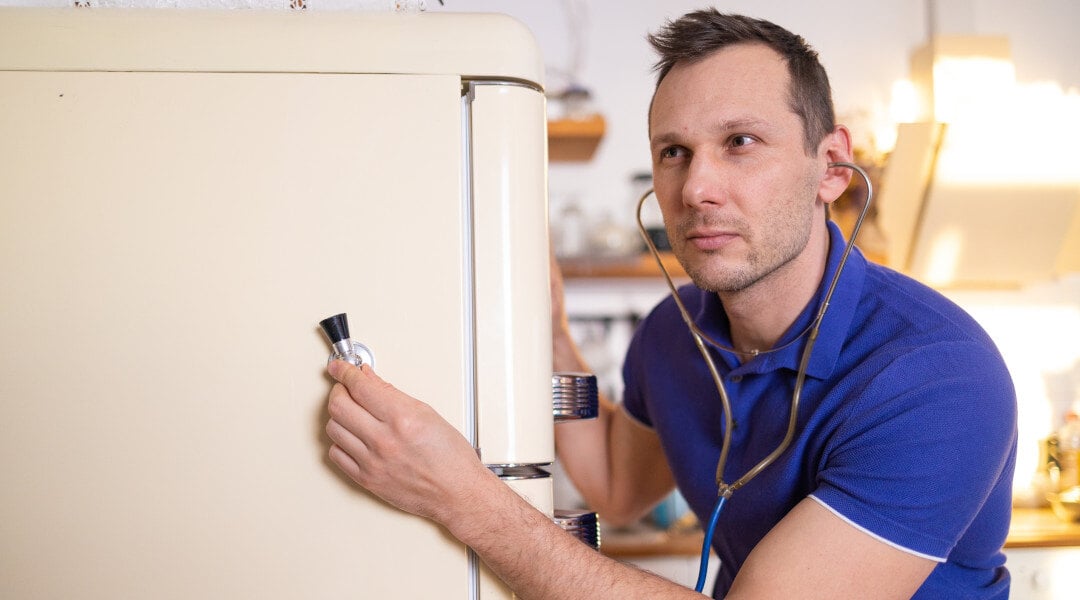An ice maker is more than just a convenience—it's an essential component of modern kitchen living. Whether you're hosting a summer barbecue or simply enjoying a cold beverage after work, a properly functioning ice maker can make all the difference. When problems arise, they can disrupt your daily routine and potentially lead to more serious appliance issues. Let's explore comprehensive solutions to get your ice maker back to peak performance.
Sign up for our Blog!
Understanding Your Ice Maker System
Before diving into specific problems, it's crucial to understand how your ice maker operates. The system combines water supply, temperature control, and mechanical components to produce ice consistently. This complex interplay means that issues can arise from multiple sources, making systematic troubleshooting essential.
Modern ice makers typically produce between 3-8 pounds of ice daily, depending on the model and conditions. Understanding your unit's specifications helps set realistic expectations and identify when performance drops below normal levels.
Water Supply Problems: The Foundation of Ice Making
The journey to perfect ice begins with proper water flow. Water supply issues account for approximately 30% of all ice maker problems, making them the most common point of failure. A comprehensive check of your water system should be your first troubleshooting step.
Initial Water Supply Assessment
Begin with these fundamental checks:
- Water Valve Inspection
- Locate the shutoff valve (typically behind refrigerator)
- Verify valve is fully open (handle parallel to water line)
- Check for any corrosion or mineral buildup
- Test valve movement for smooth operation
- Water Line Evaluation
- Inspect entire visible length for kinks or damage
- Check connection points for leaks
- Verify line isn't pressed against wall or frozen
- Ensure proper installation clearance
- Pressure Testing
- Normal pressure range: 20-120 psi
- Below 20 psi: insufficient for proper operation
- Above 120 psi: risk of line damage
- Consider installing a pressure gauge for monitoring
If you discover water leaking from your refrigerator, document the exact location and amount before attempting any repairs. Water damage can cascade into more serious problems if not addressed promptly.

The Silent Culprit: Clogged Water Filters
Water filter maintenance represents a critical yet often overlooked aspect of ice maker care. Studies show that 75% of ice maker performance issues can be improved or resolved with proper filter maintenance.
Comprehensive Filter Management
Understanding your filter system:
- Filter Location Variations
- Base-mounted filters: Most common in side-by-side models
- Interior filters: Often found in French door designs
- External filters: Used in some counter-depth models
- Grille-mounted filters: Common in older units
- Professional Assessment Guidelines
- Visual inspection of filter media
- Flow rate testing through filter
- Sediment accumulation check
- Filter housing integrity verification
- Replacement Protocol
- Document installation date
- Set reminder for 6-month replacement
- Keep spare filter on hand
- Follow manufacturer's flushing guidelines
Temperature Control Zones
Temperature regulation forms the cornerstone of efficient ice production. Even minor temperature fluctuations can significantly impact your ice maker's performance and ice quality. Understanding the science behind ice formation helps optimize your system's efficiency.
Temperature Dynamics
Your freezer's temperature directly affects ice production rates and quality. The optimal temperature range isn't just a suggestion—it's based on scientific principles of water crystallization and energy efficiency.
Critical Temperature Parameters
Optimal operating conditions include:
- Freezer Temperature Specifications
- Primary zone: 0°F to 5°F (-18°C to -15°C)
- Ice-making zone: 2°F to 4°F (-16.7°C to -15.6°C)
- Storage bin area: 0°F to 2°F (-17.8°C to -16.7°C)
- Maximum variation tolerance: ±2°F
- Production Cycle Timing
- Initial freeze time: 20-30 minutes
- Harvest cycle: 3-5 minutes
- Complete tray completion: 2-3 hours
- Daily production capacity: 3-8 pounds
Understanding these parameters helps identify when professional repair service might be necessary.
Advanced Temperature Management
Temperature control extends beyond simple thermostat settings. Consider these crucial factors:
Environmental Influences
The surrounding environment significantly impacts your ice maker's performance:
- Room temperature effects
- Door opening frequency
- Ventilation requirements
- Seasonal adjustments
Learn about warranty coverage for temperature-related issues.
Advanced Troubleshooting: Frozen Water Line Resolution
A frozen water line can completely halt ice production. This common issue requires careful attention to prevent damage while resolving the problem.
Comprehensive Thawing Protocol
Follow these detailed steps for safe line thawing:
- Initial Safety Measures
- Disconnect power supply
- Locate main water shutoff
- Clear surrounding area
- Gather necessary tools
- Professional-Grade Thawing Techniques
- Heat application methods:
- Hairdryer technique (preferred)
- Heat tape application
- Environmental warming
- Temperature monitoring
- Progress assessment
- Prevention strategies
- Heat application methods:
Consider home warranty coverage for professional assistance with persistent freezing issues.
Control Arm Mechanics: The Heart of Ice Production
The control arm mechanism serves as your ice maker's production manager. This crucial component requires special attention and understanding.
Mechanical Components Overview
Understanding the control arm system:
- Primary Components
- Lever mechanism
- Spring assembly
- Sensor integration
- Stop mechanisms
- Common Failure Points
- Stress fractures
- Mineral buildup
- Misalignment
- Sensor malfunction
Review available warranty options for mechanical component coverage.
Preventive Maintenance: A Professional Approach
Implementing a robust maintenance program prevents most common issues and extends your ice maker's lifespan. Understanding service contracts can help protect your investment.
Quarterly Maintenance Schedule
Professional-grade maintenance includes:
- Deep Cleaning Protocol
- Sanitization process
- Component inspection
- Performance testing
- Water quality analysis
- System Optimization
- Pressure adjustments
- Temperature calibration
- Mechanical alignment
- Efficiency testing
Learn about extended warranty benefits for maintenance coverage.
Service and Support Solutions
Understanding when to seek professional help can save time and prevent further damage. Proper warranty coverage ensures quick access to qualified technicians.
Professional Service Indicators
Watch for these signs:
- Performance Issues
- Production decrease
- Quality changes
- Unusual sounds
- Temperature fluctuations
- Mechanical Concerns
- Visible damage
- Control issues
- Water leaks
- Electrical problems
FixHomz Expert Support
Regular maintenance and prompt attention to issues ensure optimal performance and longevity of your ice maker system. Contact FixHomz today to schedule a professional assessment or learn more about our comprehensive service plans.
Remember, a well-maintained ice maker isn't just about convenience—it's an investment in your home's functionality and your family's comfort. Let our experts help you maintain peak performance and prevent costly repairs.





.jpg)
.jpg)



.jpg)


